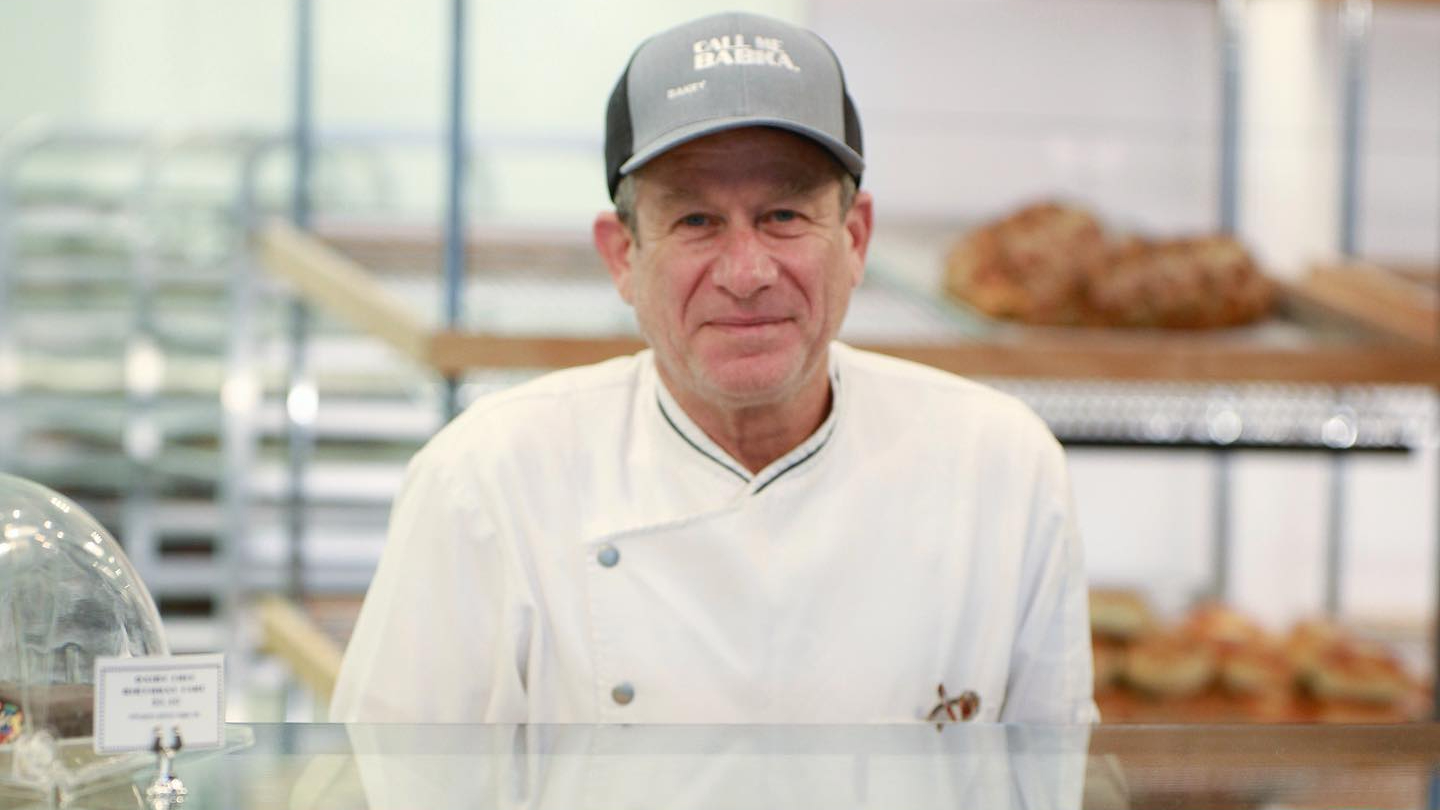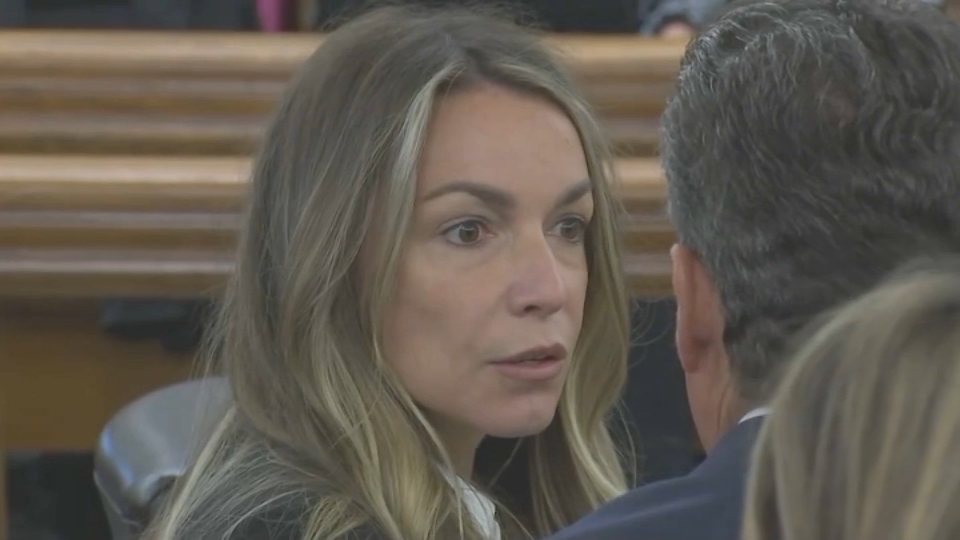Leftover pieces of a frightening time in our nation’s history, where the threat of nuclear attack was very real, are littered throughout Boston.
During the Cold War, President John F. Kennedy announced the nuclear fallout shelter program that would establish buildings and other areas that could be used to protect from the aftermath of a nuclear attack.
In Boston, over 2,000 places were identified as possible fallout shelters with about 1,000 labelled with signs designating their use. Some of them were stocked to keep at least 50 people inside for at least two weeks.
Nuclear fallout shelters soon shifted from the public consciousness as the threat of a nuclear conflict cooled, but signs of their designation remain to this day.
Get New England news, weather forecasts and entertainment stories to your inbox. Sign up for NECN newsletters.
Boston firefighter Sean Colby tracks the current state of nuclear fallout shelters in Boston and beyond, as well as the history behind these temporary living areas, on his website FalloutFiveZero.
Many well-known landmarks in Boston were labelled as fallout shelters that would be able to protect from nuclear particles released from an attack outside the city.
“The Boston Garden was actually marked as a shelter,” said Colby. “Faneuil Hall is probably the most famous shelter in the city. One of the largest shelters in the city was the McCormack Courthouse and Post Office in Post Office Square. The signs are gone, but that had capacity for over ten thousand people.”
Massachusetts
The latest news from around the state
Many MBTA subway stations were also marked as fallout shelters as well.
What was inside these fallout shelters? Not all of them had supplies, but the ones that did included the bare minimum for survival until any threat of nuclear radiation was cleared.
“For shelters that were stocked. You'd have, at the minimum, civil defense crackers. They were made by different companies like Nabisco. Some shelters also had carbohydrate supplements,” said Colby. “Shelters would get medical kits. They would get sanitation kits that could be used for toilets, eventually water barrels and then instruments for measuring radiation.”
Rob Michaelson joined Sean Colby inside Boston College High School, a designated nuclear fallout shelter, to explore all the questions you have about their legacy. Also, Rob eats Flaming Hot Cheetos and fails at standup comedy. We promise it all makes sense when you watch.



